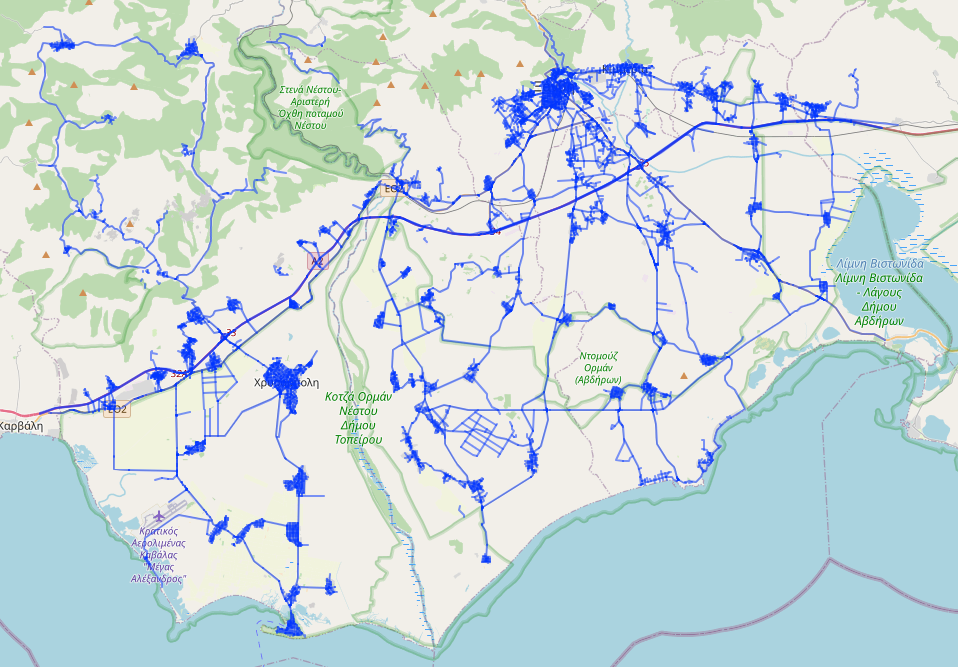
This paper aims to exploit large-scale spatio-temporal data from smartphone sensors, geometric design characteristics, field survey data and road crash data for the spatial analysis of surrogate safety measures across different road environments. Two different types of spatial models were developed: the spatial error model and the spatial lag model. The dependent variable of the models was the count of harsh brakings in each considered segment. It was revealed that the number of harsh brakings was positively correlated with the length and number of counted trips per segment. In addition, variables related to speeding, cell phone use, and the area’s historic crash index are positively correlated with the number of harsh brakings on the segments examined. Finally, the results of this study indicated that spatial models demonstrate better fit to the data and lead to more reliable results than non-spatial models.
| ID | pc505 |
| Presentation | |
| Full Text | |
| Tags |







